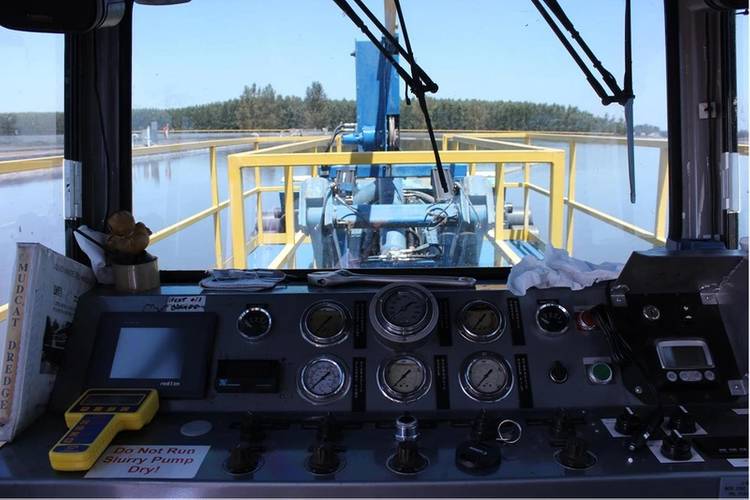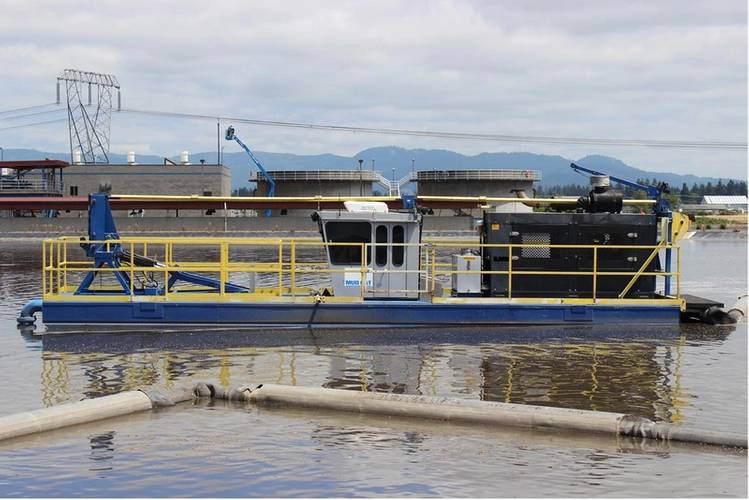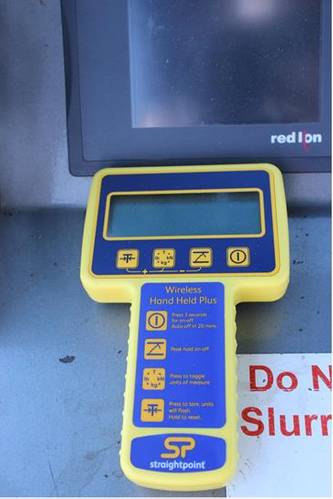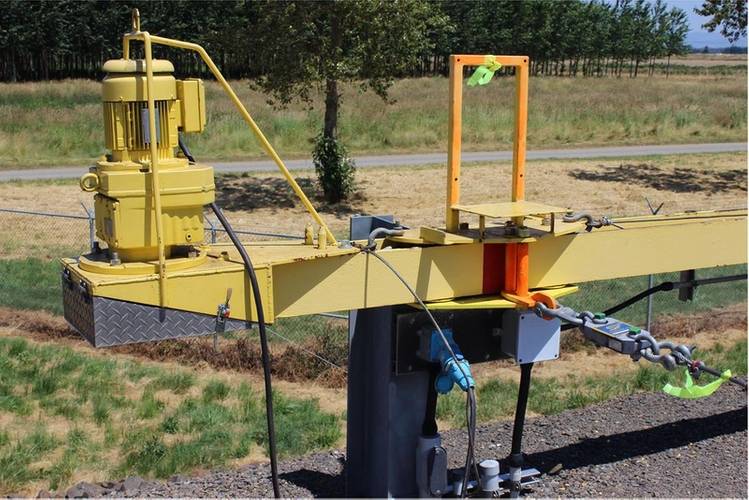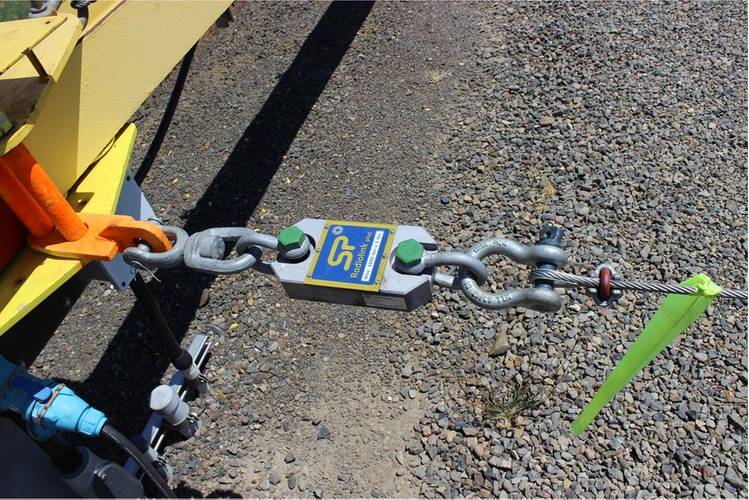A 2.5-ton capacity SP Radiolink plus load cell measures tension on a line stretching across a lagoon, upon which a dredge travels at a biosolids management facility, part of the City of Eugene Waste Water Dept., in Oregon, U.S.
The RLP was added to inventory at the start of the latest six-month biosolids management season in March, where it replaced a dynamometer that was not suited to working in the elements. The load cell is connected to a land-based lateral move system that allows the dredge to move from side to side as well as forwards and backwards to harvest biosolids in the lagoon.
Biosolids management relates to treated sewage sludge that is intended to be used as soil amendment.
The Radiolink plus boasts a separate internal sealed enclosure providing the load cell's electronic components with IP67 environmental protection even with the battery cover plate missing, making the dynamometer suitable for use in the harshest environments. Measurements are taken on a wireless Hand Held Plus in the cab of the dredge.
Due to the nature of the environment and exposure to corrosive hydrogen sulfide (H2S), SP took extra precautions to protect the delicate strain gauges and electronics by coating the internal components of the load cell with a special epoxy resin resistant to H2S.
Contrail Smith, a lead at the biosolids management facility at City of Eugene Waste Water Dept., said, “The dynamometer we were using previously was hard-wired and wasn’t suited to working in the elements. The RLP gives us both the luxury of wireless information and durability in outdoor application. It’s performed well this season and we’re pleased we found the product during online research during our off-season.”
He added, “We monitor the tension on the line as a safety measure; we like to keep the tension around 2,000 lbs. of tension, so the operator keeps an eye on the Hand Held Plus whilst dredging. During the season, the dredge is operational every day for six months—that’s over 180 days—so we need to work with equipment that is reliable; the RLP fits that requirement.”
Smith explained that the City of Eugene Waste Water Dept. is likely to be among the first of its kind to apply a load cell to such dredging applications. He said, “We are often visited by our peers from other sites and find that they apply our methods and technologies to their own facilities. I don’t know how many, if any, other sites are using load cells but it’s not likely to be commonplace.”
The lagoons (or ponds) at the facility measure 675 ft. long by 275 ft. wide.









